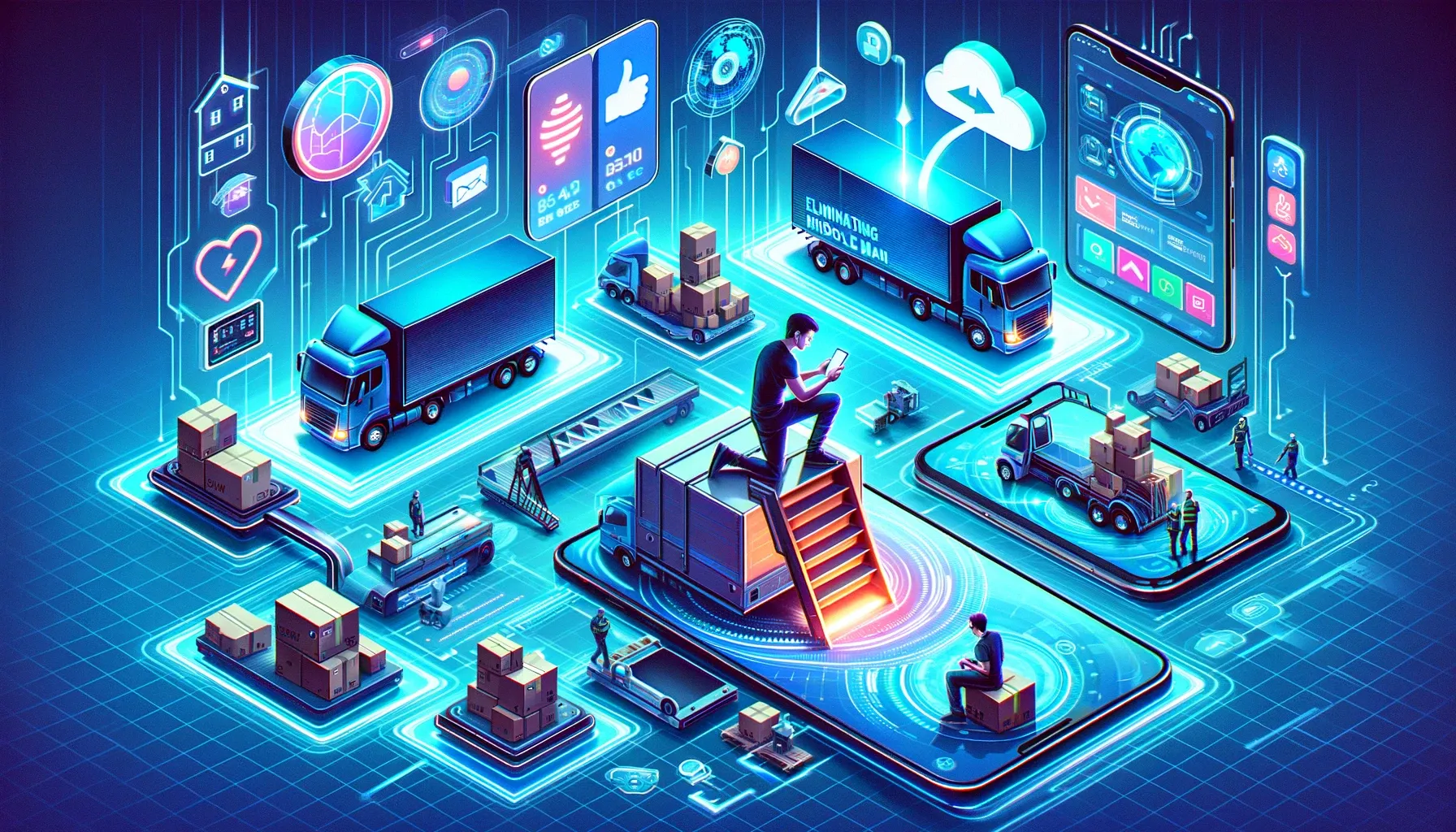Eliminating the Middle Man: The Technological Revolution in Moving Services
The logistics of moving have historically been associated with stress and complexity, but the emergence of cutting-edge technologies is redefining the landscape.


The logistics of moving have historically been associated with stress and complexity, but the emergence of cutting-edge technologies is redefining the landscape. Technological advancements systematically eliminate the middleman in moving services and streamlining processes that once necessitated numerous phone calls and physical surveys. The inception of innovative online platforms has simplified scheduling and booking, bringing heightened efficiency to the consumer's fingertips. Integrating virtual surveys, inventory tracking, and real-time updates fosters a seamless transition from one location to another, ensuring precision and transparency every step of the way.
As this digital wave propels forward, startups are emerging as pivotal players, capitalizing on the potential to revamp the traditional moving industry. With a focus on the article's primary keyword, eliminating inefficiencies, the discussion ahead reveals how startups harness technology to reshape moving services. This exploration dives into the various advantages afforded by technology, such as instant quote generation through mobile apps and the curating of detailed inventories using route optimization software to expedite and economize moves. Moreover, we delve into the environmental strides being taken with sustainable practices, the bolstering of data security, and the forward thrust of emerging technologies, including AI, which plays a crucial role in demand forecasting and operational efficiency. Through this lens, the article will scrutinize the transformative journey and the challenges met along this technological revolution, providing a comprehensive outlook on a rapidly evolving industry.
The Evolution of Moving Services
The moving industry has undergone significant transformations since its inception. Here's a look at the key milestones:
- Westward Expansion: The journey of moving services in the United States can be traced back to the westward expansion, where covered wagons and horse-pull carts were the primary means for transporting goods. This mode of transport played a crucial role in the migration and settlement of the western territories.
- Rail Transport Era: By the mid-18th century, the advent of intercontinental rail transport marked a turning point. Trains became a dominant force for long-distance travel, leading to small moving companies establishing warehouses near rail tracks to facilitate the easier transfer of goods.
- Motorized Vans: In the 19th century, motorized vans were introduced, providing a more cost-effective option than trains. This innovation led to the growth of organized movers and packers, offering door-to-door services and making the moving process more accessible to the general public.
After World War I, the use of motorized vans became widespread within the moving industry. Companies like the Red Ball Transit Company began specializing in interstate moving of household goods, setting the stage for a more organized approach to moving services.
The year 1928 saw the formation of Allied Van Lines, which played a pivotal role in organizing return loads to minimize empty trips, known as deadheading. This collaboration allowed companies to share job information and organize trips jointly, enhancing efficiency and reducing costs.
From 1887 to 1980, government regulation played a significant role in the industry. Moving companies were required to obtain certificates and file rates, with the Reed-Bulwinkle Act of 1948 even allowing trucking companies to collude on rates. However, the Motor Carrier Act of 1980 and the Household Goods Transportation Act of 1980 revolutionized the industry by ending rate control and opening the market to new entrants, fostering healthy competition.
Today, the moving and storage industry is experiencing a technological renaissance, moving away from traditional methods that lacked technological integration. Startups are at the forefront, leveraging technology to streamline the moving process and offer innovative solutions to consumers. This shift towards technology is not only enhancing operational efficiency but also transforming customer experiences in the moving industry.
Advantages of Using Technology for Moving
Technology has become a cornerstone in the evolution of moving services, offering many benefits that streamline the moving process for both companies and consumers. Here are some of the key advantages:
- Automation of Lead Collection and Estimating: Technology integration in moving services has led to the automation of previously manual tasks such as lead collection and estimating processes. Companies can use specialized software to capture leads from various sources and automatically route them into their systems. This saves valuable time and reduces the likelihood of human error in data entry, ultimately leading to higher productivity levels.
- Enhanced On-Site Estimation: Mobile apps have replaced traditional cube sheets that provide quick and accurate on-site estimates. This capability not only improves the efficiency of the estimation process but also significantly reduces the time required to provide a quote to the customer.
- Optimization of Operations: Moving software can optimize operations to improve customer satisfaction and increase moving companies' return on investment. This includes using AI to forecast demand, route optimization software to plan efficient delivery paths, and inventory management systems that track items' condition and assign barcodes for easy identification.
- Sustainability Through Paperless Operations: Implementing paperless operations supports the push towards environmental sustainability. By reducing paper consumption, the moving industry contributes to reducing deforestation and promoting sustainable practices.
- Real-Time Updates and Communication: Customers now enjoy real-time updates on the moving process through various channels such as email, mobile apps, or online accounts. This transparency and constant communication increase customer satisfaction.
- Digital Surveying and Video Estimates: Video surveying software allows for digital, online personal surveying, which is particularly beneficial during peak seasons. It saves the customer and the moving company time and increases scheduling capacity, leading to more accurate pricing.
- GPS Tracking and Real-Time Updates: The adoption of GPS tracking technology has significantly improved the customer experience by allowing operation managers to track the location of movers in real time. This provides customers with accurate estimates of arrival times and enhances the security of the moving process.
These technological advancements have not only improved the efficiency and effectiveness of moving services but have also responded to the demands of a new generation of customers who seek convenience and transparency. Startups in particular have been quick to adopt these innovations, recognizing the value they add in eliminating inefficiencies and differentiating their services in a competitive market.
Case Studies: Success Stories of Tech-Based Moving
- Virtual walkthroughs are a game-changer in the moving industry, with platforms like Zoom and Klapty offering a more dynamic and interactive way to estimate moving costs. Customers can now show their homes and belongings through a camera lens, and movers can provide more accurate quotes without the need for an in-person visit. This modern approach saves time and can be scheduled at the customer's convenience, making it a standout feature for tech-savvy moving companies modern technologies in moving.
- Moving companies can use tools like Google Maps and GPS services to access real-time traffic patterns and optimal routing data. This not only ensures timely deliveries but also helps in avoiding potential delays caused by traffic obstructions. The use of demographic data collection tools further enhances the ability to select the best routes, contributing to a smoother moving experience for customers with modern technologies in moving.
- Online platforms play a critical role in the success of moving companies. Reviews on Yelp, Google, and social media channels like Facebook and Instagram influence customer decisions. A moving company's digital presence, including its website and online reviews, is often the first point of contact with potential clients, making it essential for companies to maintain a positive online reputation with modern technologies in moving.
- Advanced software solutions like Intuit Quickbooks and Intelex are revolutionizing the administrative side of moving services. These tools aid in optimizing bookkeeping, providing valuable data analytics, and ensuring compliance with legal standards. By streamlining these processes, moving companies can focus more on customer service and operational efficiency in modern technologies.
- The introduction of smart packaging solutions with RFID codes and sensors has taken the tracking of goods to a new level. These technologies allow both the moving company and the client to monitor the status and condition of items in transit, adding an extra layer of security and peace of mind during the move technologies for moving services.
- Mobile driver apps simplify the relocation process by offering paperless documents, electronic signatures, and integrated imaging features. This reduces the environmental impact by eliminating paper and enhances the efficiency of the moving process, making it easier for movers to manage their tasks on the go technologies for moving services.
- Digital payments have become a norm in the industry, offering clients a secure and convenient way to pay for moving services. This method also helps clients maintain a clear transaction history, which can benefit both budgeting and record-keeping purposes technologies for moving services.
By integrating these technologies, moving companies are enhancing their service offerings and setting new industry standards for efficiency and customer satisfaction. As startups continue to push the envelope, eliminating inefficiencies becomes a natural outcome of their innovative approaches.
Challenges and Considerations
While the integration of technology in moving services has brought about numerous advantages, it also presents several challenges and considerations that companies must navigate:
- Adoption and Trust Issues: Despite the many benefits, some moving companies face resistance to technological change. This resistance can stem from comfort with traditional methods or skepticism about the reliability of new systems. To overcome these challenges, companies must focus on building trust through effective communication with customers, demonstrating the security and efficiency of tech-based solutions.
- Cybersecurity Concerns: As moving services become more connected through technology, the risk of cyber threats increases. Companies must invest in robust security protocols and regular cybersecurity training for employees to protect sensitive customer data from breaches.
- Regulatory Compliance: The moving industry is subject to various regulations that ensure the safety and rights of consumers. Companies must stay ahead of these regulations by investing in compliance management software and conducting regular audits to avoid penalties and maintain a good reputation.
- Labor Market Dynamics: The moving industry competes with retail giants for labor, making attracting and retaining skilled workers challenging. With the average age of drivers on the rise, companies need to create more attractive career paths and competitive wages to secure a reliable workforce.
- Financial Viability of Small Shipments: As customers increasingly opt for smaller shipments, moving companies must find ways to make these jobs financially viable. High transit times and larger delivery windows can lead to customer dissatisfaction and increased claims. Addressing this issue requires innovative solutions that can reduce costs and improve service quality for smaller shipments.
By acknowledging and addressing these challenges, moving companies can continue to harness the power of technology to eliminate inefficiencies and enhance the customer experience. Startups, in particular, have the agility to adapt quickly and lead the way in transforming the moving services landscape.
In Summary
The relentless march of technology has profoundly simplified the intricacies of the moving industry, a transformation beautifully showcased in the rise of startups that eliminate traditional inefficiencies. These digital pioneers have introduced cutting-edge solutions, from extensive data analytics to convenient digital surveys, setting a new gold standard in customer satisfaction and operational excellence. The convergence of automation, artificial intelligence, and real-time communication has not merely advanced the moving process but has also begun to address environmental concerns and elevate data security to paramount importance.
For consumers and businesses alike, embracing these innovations promises not only a streamlined moving experience but also a leap into future possibilities. Navigating challenges along the way, such as cybersecurity and labor market dynamics, moving companies are poised to reconfigure the logistics of relocation, ensuring the sector remains robust and responsive to the evolving demands of society. By leveraging modern technologies, we cement a foundation for growth and continuous improvement in moving services. Experience this revolution firsthand; Make your move smoother and more manageable with Drifted AI.
FAQs
1. What does it mean to eliminate middlemen in the supply chain?
Eliminating middlemen refers to removing intermediaries in the supply chain, allowing manufacturers to bypass less efficient parties and directly engage with retailers and end-users. This streamlining can lead to a more direct and efficient distribution of goods.
2. How would you define the concept of 'eliminate the middleman'?
To 'eliminate the middleman' means to create a direct connection between businesses and customers, thereby avoiding any additional costs or commissions that intermediaries might add. This practice can prevent middlemen from marking up prices to make a profit.
3. What advantages come with removing middlemen from a business?
Removing middlemen can lead to several benefits for businesses, including operational efficiency and cost reductions. These improvements can translate into higher profits and enhanced customer experiences, as the savings from cutting out brokers and other intermediaries can be significant.
4. Can you explain the 'cut out the middle man' business model?
The 'cut out the middle man' business model, also known as disintermediation, involves removing intermediaries from transactions. Companies employing this model bypass traditional distribution channels like distributors or wholesalers to serve consumers directly, often resulting in a more streamlined and cost-effective process.

